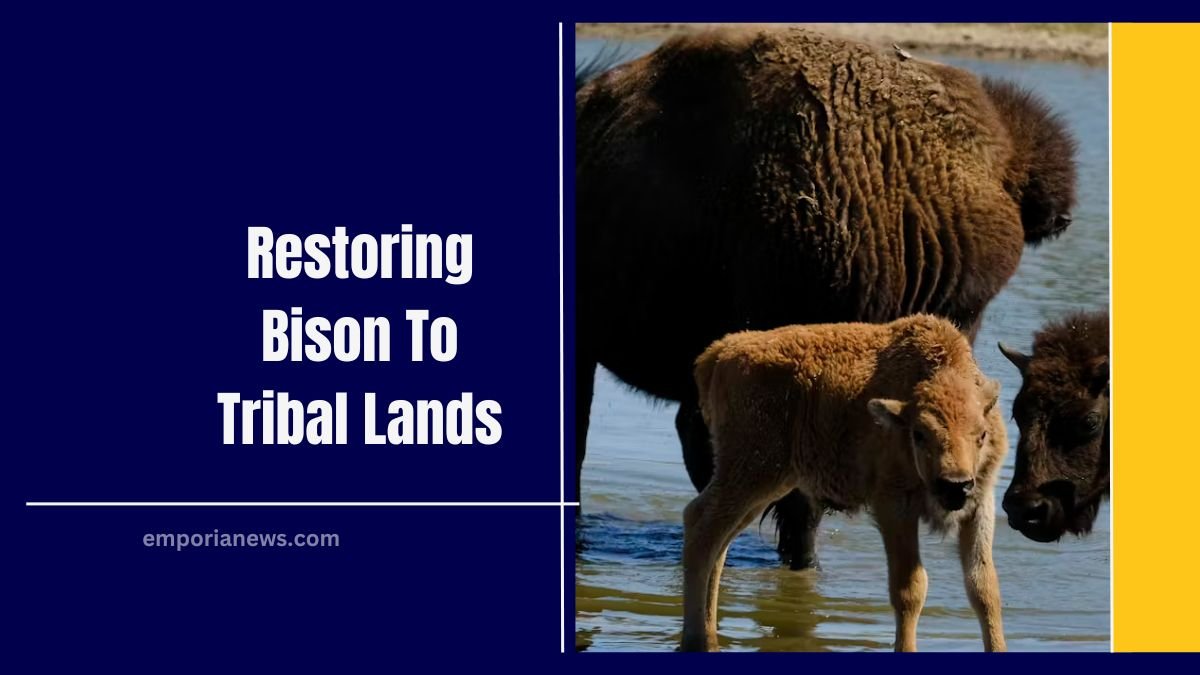In recent years, numerous Native American tribes have intensified efforts to reintroduce bison to their ancestral lands, recognizing the profound cultural, ecological, and economic significance of these majestic animals.
Historically, bison were integral to Indigenous life, providing sustenance, materials, and spiritual value. Their near-extinction in the 19th century disrupted this bond, but today, tribes are leading initiatives to restore bison populations and, in turn, revitalize their communities.
The Cultural and Spiritual Significance of Bison
For many Indigenous peoples, bison are more than just animals; they are revered as sacred beings intertwined with cultural identity and spiritual practices.
The return of bison symbolizes resilience and the restoration of traditional ways of life. Ceremonies, dances, and songs often feature bison, underscoring their importance in Indigenous heritage.
Tribal Initiatives in Bison Restoration
Several tribes have launched successful bison reintroduction programs:
- Rosebud Sioux Tribe: In 2020, the Rosebud Economic Development Corporation established the Wolakota Buffalo Range, spanning nearly 28,000 acres. This initiative began with the release of 100 bison and aims to foster ecological restoration, cultural practices, and economic development.
- Fort Peck Assiniboine and Sioux Tribes: These tribes have been instrumental in bison conservation, receiving disease-free bison from Yellowstone National Park to bolster their herds. Their efforts have not only increased bison numbers but also enhanced genetic diversity.
- Shoshone-Bannock Tribes: With a current herd of 465 bison, the Shoshone-Bannock Tribes have initiated projects to reintroduce bison to traditional grazing lands. Their goal is to expand the herd to 1,100, promoting food and economic sovereignty.
Collaborative Efforts and Support
The resurgence of bison on tribal lands is bolstered by partnerships and federal support:
- InterTribal Buffalo Council (ITBC): Comprising over 80 member tribes, the ITBC facilitates the return of bison to tribal lands, providing technical assistance and resources to manage herds sustainably.
- Federal Initiatives: In 2023, the Department of the Interior announced a $25 million investment from the Inflation Reduction Act to restore bison populations, emphasizing the integration of Indigenous knowledge in conservation efforts.
Challenges and Future Outlook
While progress is evident, tribes face challenges in bison restoration, including securing adequate land, funding, and infrastructure.
However, the commitment to reestablishing bison herds remains steadfast, driven by the desire to reclaim cultural heritage, enhance ecological health, and promote economic opportunities.
| Tribe | Initiative Name | Year Established | Initial Herd Size | Current Herd Size | Project Goals |
|---|---|---|---|---|---|
| Rosebud Sioux Tribe | Wolakota Buffalo Range | 2020 | 100 | Ongoing | Ecological restoration, cultural practices, economic development |
| Fort Peck Assiniboine and Sioux Tribes | Bison Conservation Program | Ongoing | Varies | Growing | Increase bison numbers, enhance genetic diversity |
| Shoshone-Bannock Tribes | Bison Reintroduction Project | Ongoing | 465 | 465 | Expand herd to 1,100, promote food and economic sovereignty |
The movement to bring bison back to tribal lands is a testament to Indigenous resilience and stewardship.
Through dedicated efforts, tribes are not only restoring a keystone species but also revitalizing their cultural and spiritual connections, ensuring that the legacy of the bison endures for future generations.




